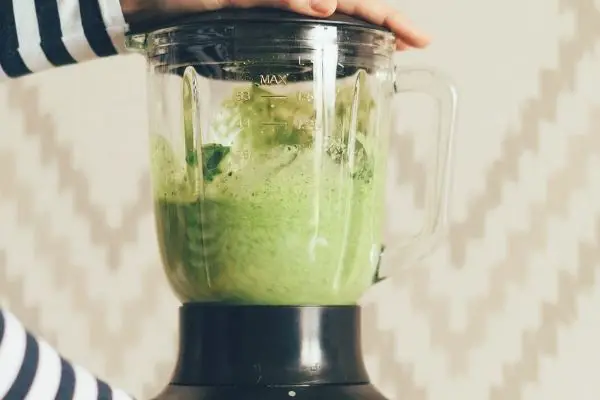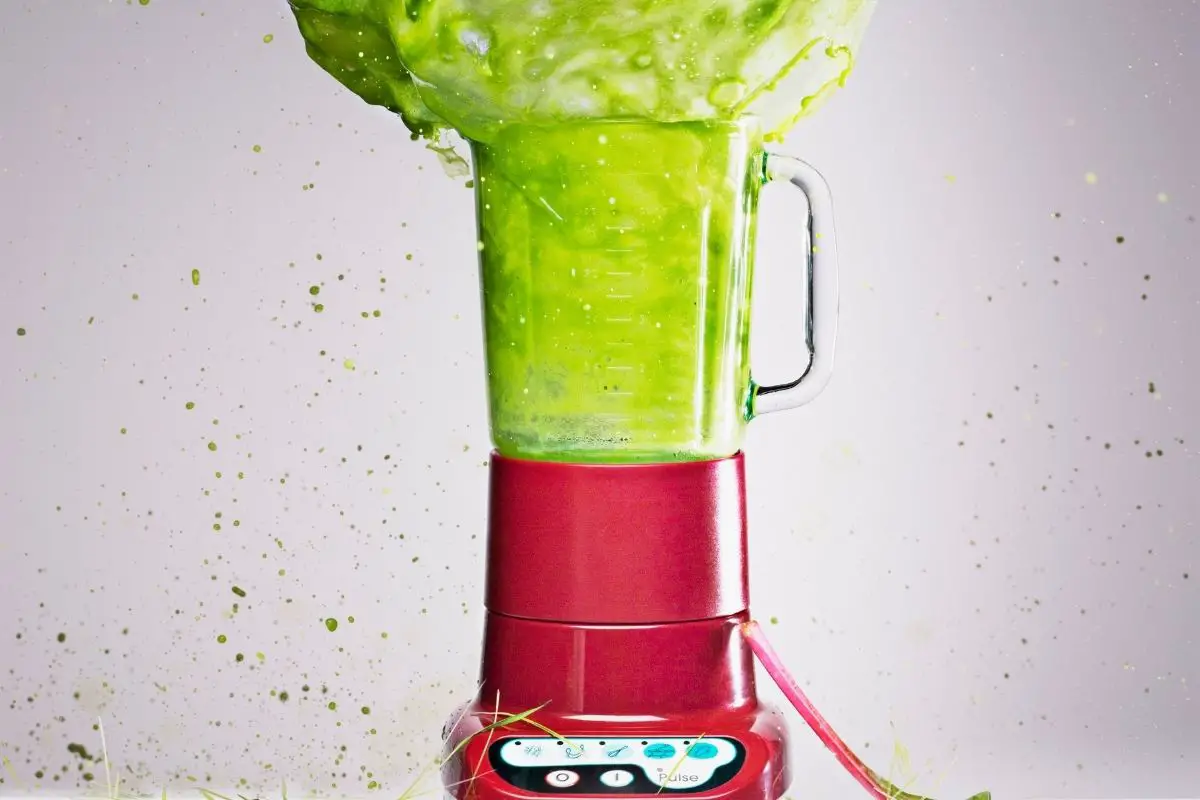Blender Compost: What Is It And How To Do It!
In a perfect world, most of us would compost in one way or another.
However, between the time, space, and energy required to start composting, it’s easy to see why this sustainable practice isn’t more popular.
Here’s the thing: A traditional compost bin is not the only way to break down household kitchen waste!
Blender compost is a quick and easy shortcut to traditional composting. All you need is a blender, water, and some semi-fresh food scraps to get started!

What Is Blender Compost?
Blender compost is a liquified puree of organic matter (typically kitchen scraps) and water. As the name implies, it’s typically made using a standard household blender.
On the other hand, blender compost is not really compost. At least, not yet!
This is because the organic material is not yet decomposed. But it will break down significantly faster after being pureed than it would left to its own devices.
Blender compost can still be added directly to the soil for valuable vitamins and microorganisms. It will continue decomposing once it is in the soil, eventually offering nearly identical benefits as traditional compost.
What Can Be Blender Composted?
Blending compost can speed up the decomposition process and lessen the amount of work needed to fertilize your garden. But you still need to adhere to some simple rules about what can and cannot be composted!
Scraps from vegetables, fruit, and plain grains are all fair game for blender composting.
Speaking of plant matter, feel free to bring in waste from the lawn or garden. These materials can be a welcome addition to your blender compost, especially if you’re low on green kitchen scraps.
You can even add household paper products, like old newspaper or paper towels, to your blender compost. Don’t forget nutrient-rich eggshells or coffee grounds, as well!
Meanwhile, avoid adding food scraps that are high in fat — e.g., oil, dairy, meat, etc. — to your compost blender. These items can turn rancid, spread harmful pathogens, and disrupt the soil’s balance.
There are ways to break down these kitchen scraps safely and effectively! If you want to minimize food waste of all kinds, consider starting a Bokashi bin or investing in an electric food recycler.
How To Make Blender Compost In Your Own Home

1. Collect Organic Waste
A large family meal may produce enough food scraps to make a batch of blender compost. But there’s no rush!
If you’re not blending kitchen waste immediately, consider investing in an airtight, countertop compost saver. This little container will prevent odors in the home while keeping your to-be-composted scraps close at hand.
2. Fill The Blender
Once you have enough compostable waste saved to make a batch of compost, it’s time to fill the blender.
Don’t overfill the blender cup. This will only place extra strain on the motor and make it harder to achieve a smooth consistency. Make multiple batches of blender compost if necessary!
Water is the secret ingredient when blending compost. A good rule of thumb is to fill the blender cup one-quarter of the way with just water.
Remember: There is no such thing as too much water! Sufficient water will also make the job of breaking down fruit peels, paper products, and other tough materials a lot easier on your blender.
3. Puree Until Smooth
You’re not making a drinkable smoothie, so don’t stress about achieving the perfect temperature! With that said, the smoother your blender compost is, the quicker it will decompose.
If you’re struggling to reach the desired consistency, adding more water is likely to do the trick!
4. Add To Your Garden
Blender compost can be poured directly over the soil. It will soak in and gradually decompose, releasing valuable nutrition into the garden bed.
One thing to consider is that blender compost can be a bit too potent for some garden beds. To prevent potential damage to the soil ecology and your plants, pour the mixture around the garden instead of directly in it.
You can also pour the liquid into a regular compost pile. It will break down just like solid organic matter (albeit, much faster!).
Frequently Asked Questions
Can you use your normal kitchen blender to make liquid compost?
Yes, as long as you are thoroughly cleaning the blender after each use!
It might feel gross to blend up old fruit or moldy veggies in your everyday blender. But this is no different than washing and reusing a piece of glass tupperware that once contained rotten food.
One thing to keep in mind is that making compost can take a heavy toll on the blender blades. You’ll want to use a strong, durable blender to make liquid compost on a regular basis.
If you’re really worried about damaging your high-end blender, there’s nothing wrong with investing in a second model just for pureeing compost. But it’s certainly not necessary.
How long does it take blended compost to decompose?
It could take just a few weeks or several months for blender compost to fully decompose. The good news is that, once the pureed mixture is added to the soil, Mother Nature will take over the rest of the work.
There are several factors that determine how quickly blender compost (or any organic matter) breaks down. Your blender compost may not always decompose at the same rate, and that’s okay!

For example, things tend to decompose faster in hot weather. The presence of beneficial bacteria, worms, and other living decomposers can also speed up the process.
How often can you add blender compost to your garden?
Unfortunately, there are no set-in-stone guidelines regarding how often to add blender compost to the garden. Trial and error is the best strategy.
Over-fertilizing is the primary concern. During high-growth periods, blender compost may be added as often as every few weeks. During slower periods, avoid applying it more often than every couple of months.
Along with limiting the frequency of application, be careful not to pour too much blended compost in one spot. Larger gardens can handle much more of this liquid than small ones.






